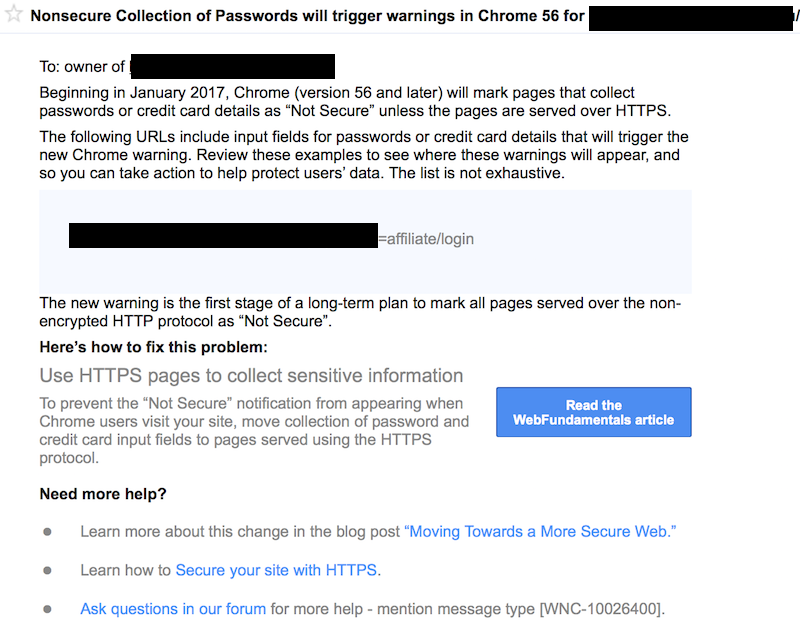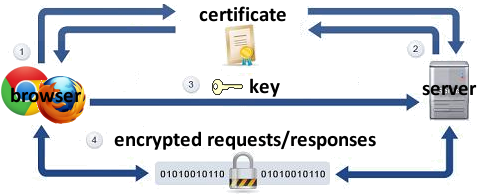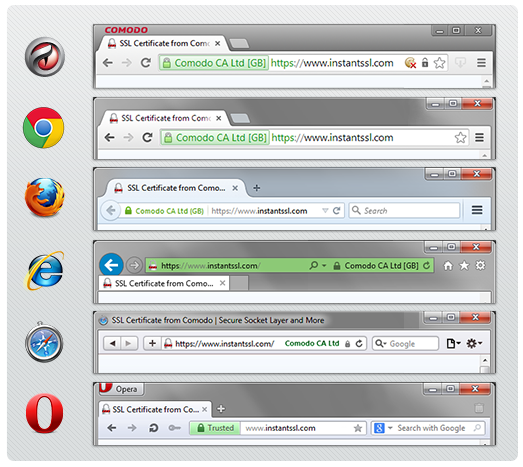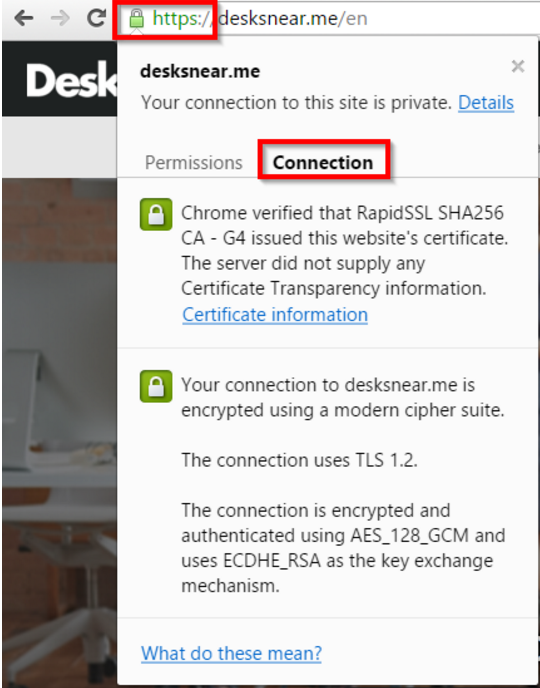Understanding HTTPS "Not Secure" Warnings for Marketplace Platforms
CJ Todd | January 25, 2017


Over the weekend, Google started sending out messages to website owners whose sites have pages on it that are insecure. Learn what you can do if you received a message like this and what you can do to secure your marketplace platform.
In his recent article, Jim Stewart explains this security flaw in great detail. You should watch this short video to make sure you understand why your marketplace platform might be at risk.
As Jim says, only site owners with Google Search Console set up would have received the message. So your marketplace platform still may be at risk even though you didn't get the alert from Google.
Here's what that message looks like:

How does HTTPS Work?
HTTPS pages use one of two protocols to encrypt communications and make a site secure - SSL (Secure Sockets Layer) or TLS (Transport Layer Security). TLS and SSL protocols use an 'asymmetric' Public Key Infrastructure (PKI) system, which uses two 'keys' to encrypt communications.
A 'public' key and a 'private' key are both needed. Information encrypted with the public key can only be decrypted by the private key and vice-versa. This is what keeps logins, passwords and credit card information secure.
What is a HTTPS certificate?
When your marketplace platform has an HTTPS connection, the website sends its SSL certificate to your customer's browser. That certificate holds the "public" key that begins a secure session.
Users will see a padlock icon in the browser address bar when your site has a trusted SSL Certificate. When an Extended Validation Certificate is installed on a web site, the address bar will turn green.
How will this affect your marketplace platform?
An insecure connection puts your users and their private information at risk. When they see a "Not Secure" message on your website, they simply won't use it. Right now, users will only see these non-secure warnings on pages that collect passwords and/or credit card information. But Google said they'd be rolling this out on every page that isn't HTTPS.
It will also begin to affect your rankings and traffic, which every marketplace platform owner knows spells trouble. When visitors are kept from seeing your site, transactions and conversions with fall.
How to defend against "Not Secure" warnings
- Host with a dedicated IP address
- Buy a certificate
- Activate the certificate
- Install the certificate
- Update your site to use HTTPS
If this sounds like a difficult process, don't worry. We're here to help. Every marketplace platform built on Near Me gets the security of their own ELB and Wildcard SSL Certificate. This makes sure that every page of your website is secure!
RELATED KB ARTICLE: Free SSL Certificate via AWS Certificate Manager
When a Near Me customer logs on to their website, there is an interaction between the web browser and the ISP. The customer’s computer connects to the site and interacts with the host server via an SSL certificate. An SSL provides an authority, through which an encryption ‘conversation’ takes place. When logged into the secure Near Me server, you'll notice the security icons: a lock, a green browser bar, a thumbs up or a reassuring symbol.
If you are planning on building a marketplace platform and want your transactions to be secure, contact a marketplace specialist at Near Me today!
Interested in knowing more about partnering with platformOS?
Ensure your project’s success with the power of platformOS.



